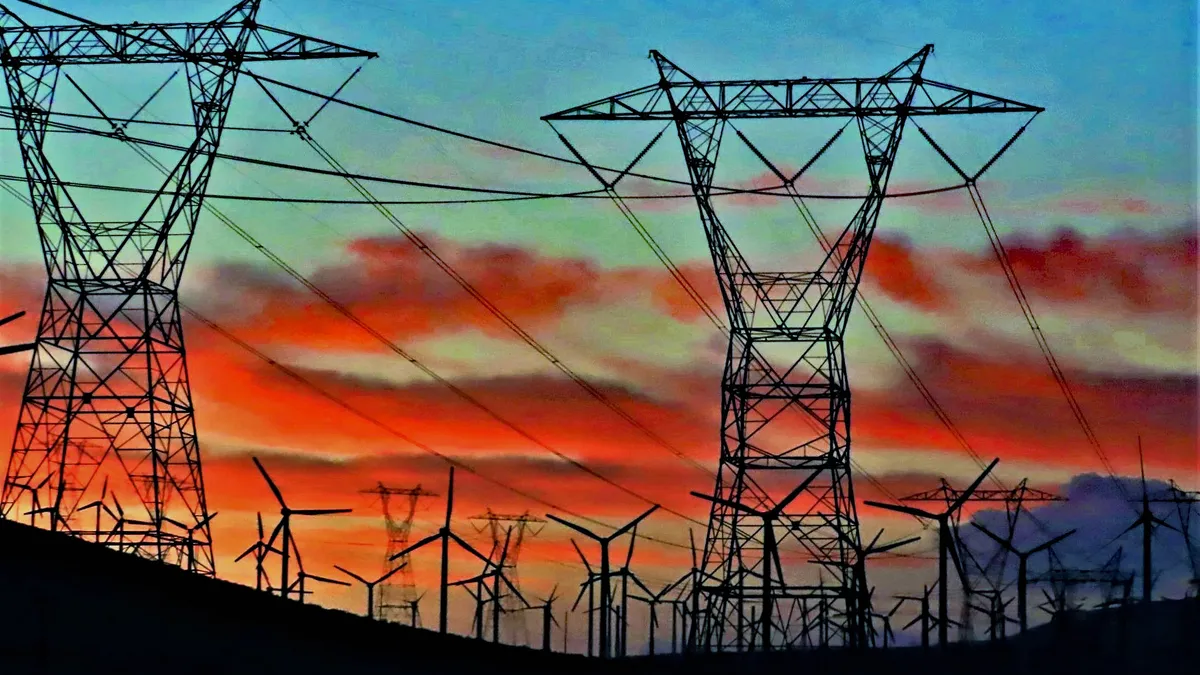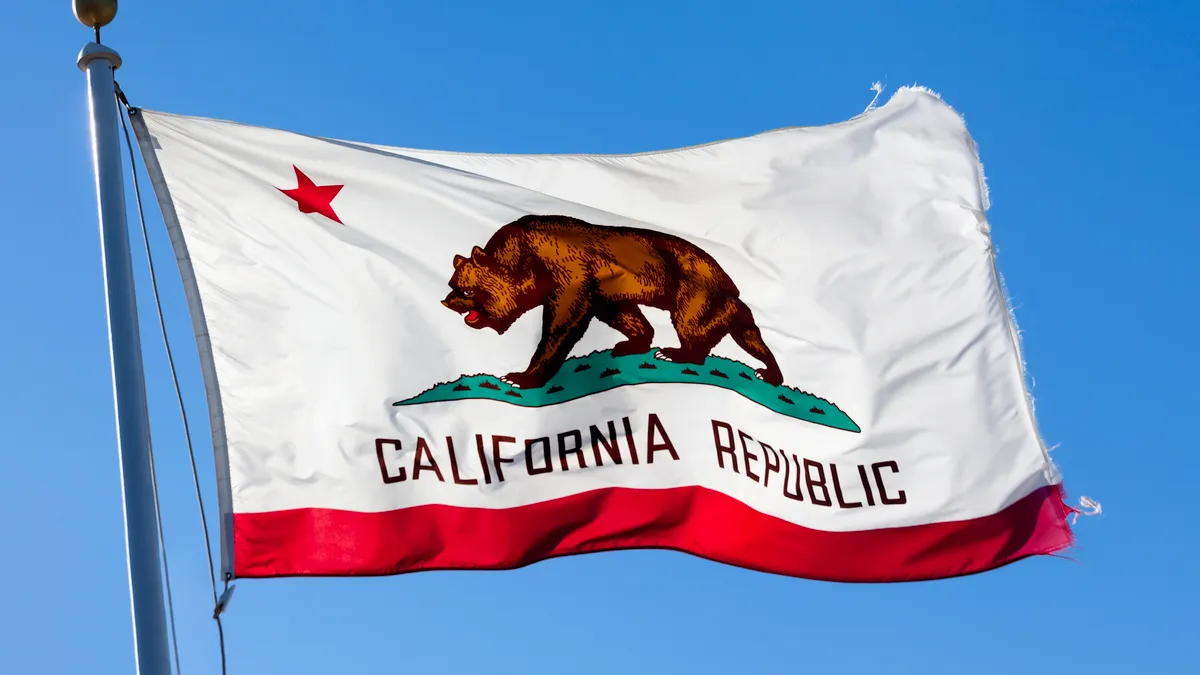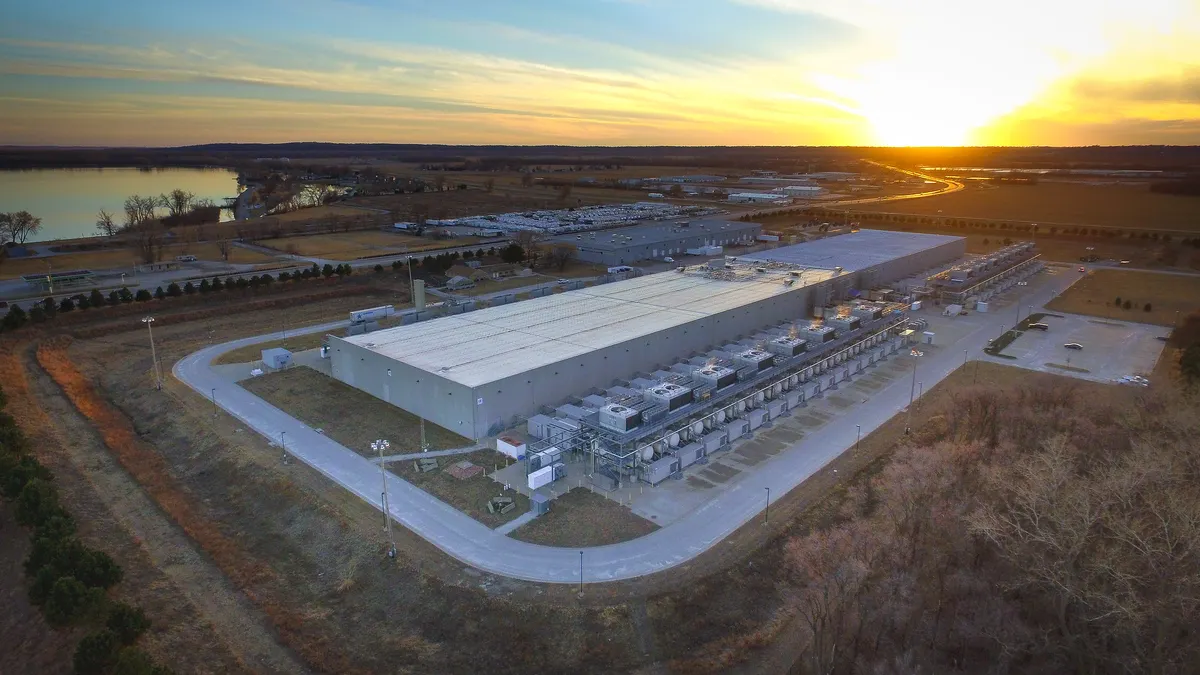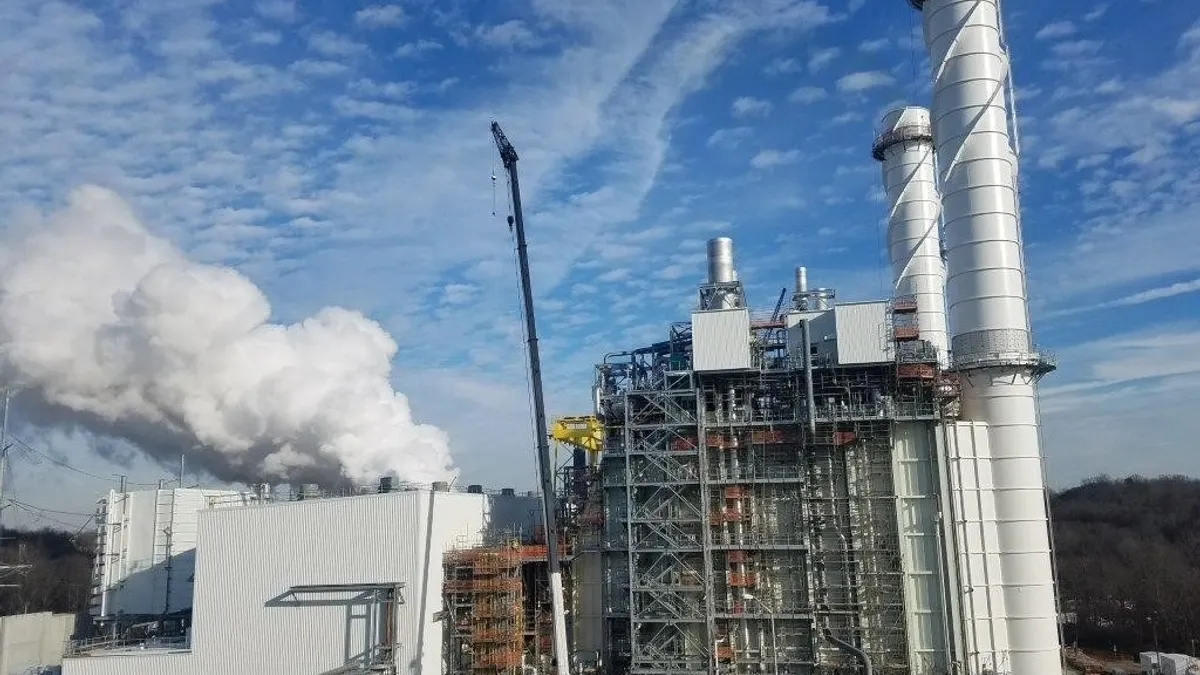Matt Baker is the director of the California Public Advocates Office, an independent state organization whose mission is to advocate for the lowest possible utility bills consistent with safety, reliability, and California’s climate goals.
In an op-ed published last month in Utility Dive — How years of mismanagement and regulatory failures broke California’s utilities — Jeffrey Conklin and Andrew Heath of J.D. Power put their fingers on two key reasons California ratepayers are rightly unsatisfied with their electric utilities: record-high rates and power shutoffs. They also identify that the utilities must do a better job in rolling out new programs to customers.
I agree. Customer education is critical for success, particularly as more households go solar, buy electric cars, and reshape the grid (and their electric bills) in new ways. It’s a reason the California Public Advocates Office is investing in public engagement, particularly to disadvantaged communities that are disproportionately affected by rate increases and pollution burdens. My office is proactively participating in townhalls and media briefings, starting conversations with community-based organizations, and initiating new educational resources for the public and policymakers alike. This is important — but more needs to be done.
Ultimately, Mr. Conklin’s and Mr. Heath’s attribution of ineffective communication to the recent drop in customer satisfaction among California’s electric utilities is an oversimplification. Merely focusing on customer education ignores the fact that California utilities had eroded public trust by failing to prioritize the safety of the grid — even as the climate had been getting hotter and drier. The bill came due after a series of catastrophic wildfires caused by infrastructure neglected by utilities. What should have been routine maintenance is now an emergency. This has led to massive, additional ratepayer-funded investments to clear fire prone vegetation, upgrade power lines and fund other adaptive measures. Households are burdened by these billion-dollar scale investments on their monthly bills, all while they experience power shutoffs intended to minimize future wildfire risks.
Looking forward, Herculean efforts also will be needed to build a cost-effective, clean grid. The state will need to build unprecedented amounts of clean energy, multiple times more than we have done in the past, as California grapples with more extreme weather consistent with climate change. All this must be done in the face of high electric rates that already threaten the state’s laudable electrification and affordability goals.
I am optimistic that the transition to clean energy can actually reduce rates and energy costs to households. But to be successful, in addition to better communications we'll need solutions that are less familiar to customers and policymakers. There’s no silver bullet, but there is a quiver-full of silver arrows that includes:
1. Stop funding non-essential utility programs through electric bills
California ratepayers are currently funding everything from clearing trees for wildfire mitigation to workforce training programs and much, much more. Households would see significant bill savings if they only paid for essential energy programs. Since many of these non-essential programs have statewide benefits, all Californians — and not just utility ratepayers — should pick up a larger share of the tab through other state funding sources. Ratepayers should only fund investments that are essential and cost-effective for maintaining a reliable, safe and clean grid.
2. Adopting equitable rate reform
In support of more equitable rates, most California customers will see changes to how their power bills are calculated in a few years. In 2022, the state legislature directed the California Public Utilities Commission to create an “income-graduated fixed charge” on residential electricity bills. The program will result in bill savings for low-income households, and make it more affordable for households to charge electric cars and power other electric appliances. However, the details and ultimate execution matters. To avoid the same pitfalls that befell time-of-use rates, as noted by Mr. Conklin and Mr. Heath, ratepayers must be made aware of the new changes well before they land on bills.
3. Limiting the use of special utility rate increase requests
We must get back to basics. Since utilities are government-regulated monopolies they are supposed to ask for necessary budgets and rate increases through a single, regimented process called a general rate case. In it, the Public Advocates Office and other stakeholders intensely scrutinize thousands of pages worth of utility investment requests and make recommendations on how to adjust them before a judge. The actual amount is typically significantly lower than the utility’s original request, often by billions of dollars. However, utilities are now requesting higher budgets in dozens of cases outside of their general rate cases. Such requests were traditionally only reserved for emergency situations, but unfortunately, have now become routine. Having so many special pathways around the tried-and-true general rate case allows the utilities to be less disciplined in their budgeting, increases administrative burdens and creates oversight challenges.
The future will have to be one of unprecedented coordination across communities, stakeholders and all levels of California government. We’ll need to move with deliberate speed, all while collectively course correcting for unforeseen obstacles and emergent opportunities.






















